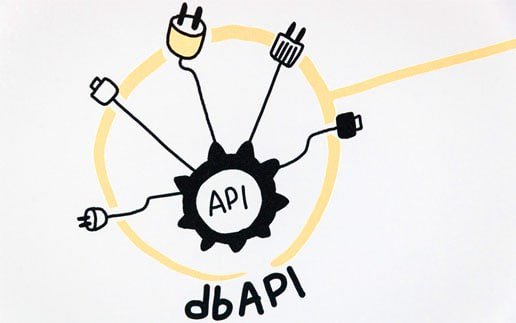What is a Database ?

What is a Database? Definition, Meaning, Types, Example What is Data? In simple words, data can be facts related to any object in consideration. For example, your name, age, height, weight, etc. are some data related to you. A picture, image, file, pdf, etc. can also be considered data. What is Database? A database is a systematic collection of data. They support electronic storage and manipulation of data. Databases make data management easy. Types of Databases Here are some popular types of databases. Distributed databases: A distributed database is a type of database that has contributions from the common database and information captured by local computers. In this type of database system, the data is not in one place and is distributed at various organizations. Relational databases: This type of database defines database relationships in the form of tables. It is also called Relational DBMS, which is the most popular DBMS type in the market. ...





